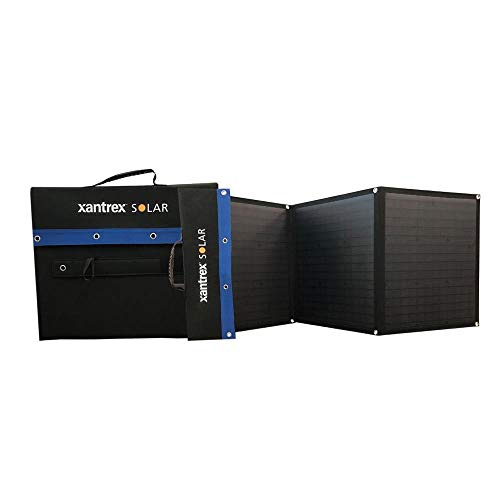Marcilla Smith
Member
- Joined
- Nov 25, 2020
- Messages
- 15
- Reaction score
- 3
The first time I saw someone hang a hammock in their vehicle, I thought it was one of the dumbest things I had ever seen in my life. But the more I thought about it... well, I've now been sleeping in a hammock for the past four years, now.
Unfortunately, the original connection I had in the rear began to tear the sheet metal, recently:

This is an image of the rear hatch, as viewed from the rear, from beneath, when it is opened.
Viewing an expanded version of the same photo, the large rear window is the one at the bottom of the image, and the smaller window is at the top (both are covered with sound-deadening stick-on aluminum). The metal frame running between them was originally covered by a plastic pane, removed while I'm working on this section:

As you can see, the foot of the hammock was originally attached by carabiner to a tie-down, as might be found in the bed of a pickup. When I noticed the sheet metal beginning to tear, I decided to replace the tie-down with eye bolts. As seen in the image, there are already circular holes in the sheet metal of different sizes, and fortunately, two of them were just the right size to hold some 5/16" rivet nuts I have, which in turn could hold the eye bolts.
Previously, I had inserted rivet nuts into the A pillars to hold the head of the hammock:

In this image, the window in the upper right is the windshield, just off screen to the right would be the driver side window, at the bottom of the screen is the window in the middle of the A pillar, and the metal frame is exposed by removal of the plastic panel that originally covered it. The eye bolt with the 550 cord tied to it is screwed into a rivet nut (brass colored part). The rivet nut, in turn, was installed into a hole in the sheet metal that came from the factory.
These eye bolts and rivet nuts are installed in the A pillars on both sides of the windshield, with 550 cord and carabiners running between them to hold the head of the hammock.
In the rear, I ran into a problem when attempting to install the rivet nuts. The void behind the sheet metal was too shallow to allow the rivet nut tool to enter far enough. To overcome this, I had to improvise my own rivet nut tool:

On top is the original tool. because there is a neck near the head without threads, I was not able to use a nut as a spacer to reduce the depth of entry. Instead, I used a 5/16" bolt (bottom of the image) and then added a nut and two washers as spacers before adding the collar from the original tool.
While it still took some finagling - and assistance from a friend - The rivet nuts at last settled snugly into their new homes in the rear hatch crossmember:

Unfortunately, the original connection I had in the rear began to tear the sheet metal, recently:

This is an image of the rear hatch, as viewed from the rear, from beneath, when it is opened.
Viewing an expanded version of the same photo, the large rear window is the one at the bottom of the image, and the smaller window is at the top (both are covered with sound-deadening stick-on aluminum). The metal frame running between them was originally covered by a plastic pane, removed while I'm working on this section:

As you can see, the foot of the hammock was originally attached by carabiner to a tie-down, as might be found in the bed of a pickup. When I noticed the sheet metal beginning to tear, I decided to replace the tie-down with eye bolts. As seen in the image, there are already circular holes in the sheet metal of different sizes, and fortunately, two of them were just the right size to hold some 5/16" rivet nuts I have, which in turn could hold the eye bolts.
Previously, I had inserted rivet nuts into the A pillars to hold the head of the hammock:

In this image, the window in the upper right is the windshield, just off screen to the right would be the driver side window, at the bottom of the screen is the window in the middle of the A pillar, and the metal frame is exposed by removal of the plastic panel that originally covered it. The eye bolt with the 550 cord tied to it is screwed into a rivet nut (brass colored part). The rivet nut, in turn, was installed into a hole in the sheet metal that came from the factory.
These eye bolts and rivet nuts are installed in the A pillars on both sides of the windshield, with 550 cord and carabiners running between them to hold the head of the hammock.
In the rear, I ran into a problem when attempting to install the rivet nuts. The void behind the sheet metal was too shallow to allow the rivet nut tool to enter far enough. To overcome this, I had to improvise my own rivet nut tool:

On top is the original tool. because there is a neck near the head without threads, I was not able to use a nut as a spacer to reduce the depth of entry. Instead, I used a 5/16" bolt (bottom of the image) and then added a nut and two washers as spacers before adding the collar from the original tool.
While it still took some finagling - and assistance from a friend - The rivet nuts at last settled snugly into their new homes in the rear hatch crossmember:








































































